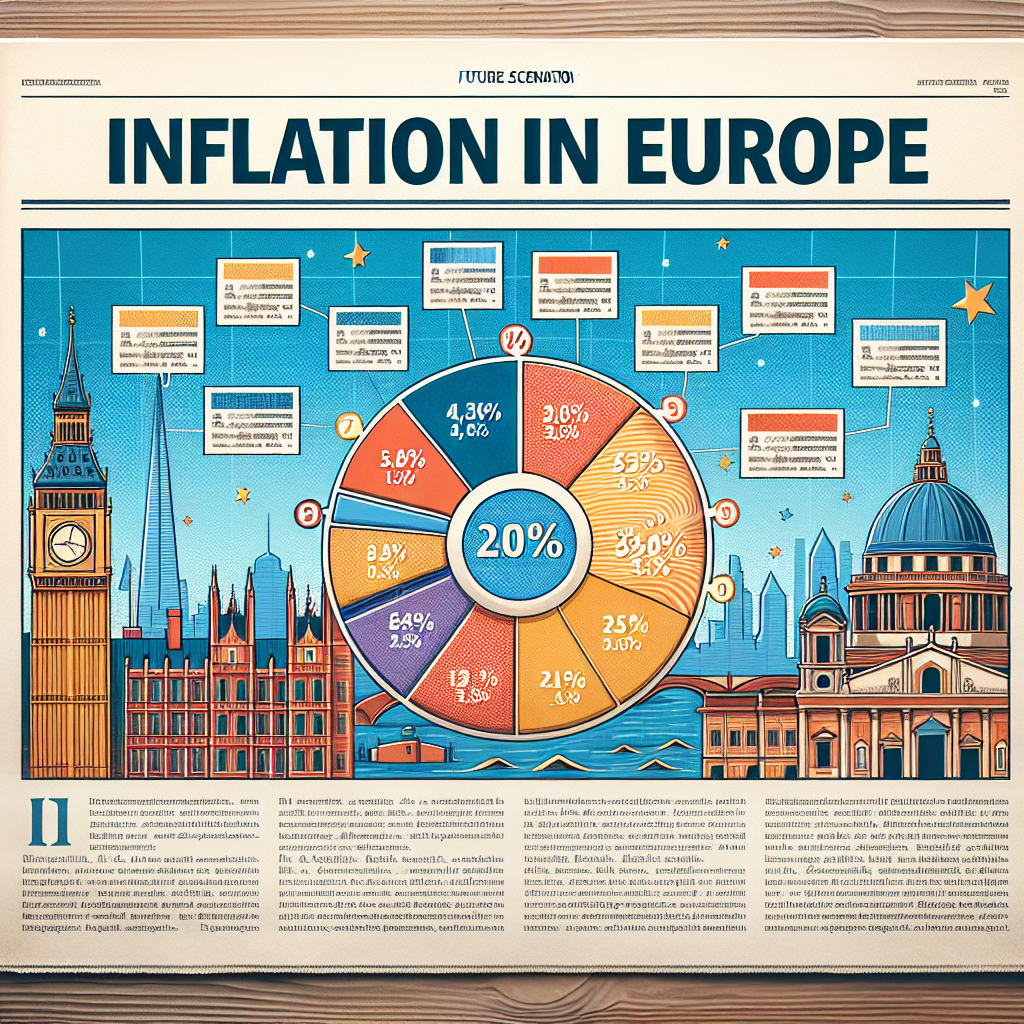Navigating Inflation Trends in Europe for 2025
Introduction
As we step into 2025, the European economy’s relationship with inflation becomes increasingly pivotal. After a turbulent few years, various projections indicate a shift toward moderation in inflation rates across the Eurozone. This post delves into the expected trends, the underlying factors influencing them, and provides actionable recommendations for navigating these changes.
Current Insights on Inflation in Europe
Moderation of Inflation Rates
According to the European Central Bank (ECB), inflation in the euro area is projected to decline to approximately 2.3% throughout 2025, with core inflation expected to stabilize at around 2.0% by year-end. This signals a significant easing from previous highs due to improved supply chains and robust monetary policies.

Image Caption: Projected Inflation Rates in Europe for 2025 – Source: ECB
This moderation is welcomed after an extended period of heightened inflationary pressure, which has affected both consumers and businesses alike. The combination of effective supply chain management and controlled spending is positioning the Eurozone to recover while minimizing inflationary risks.
Economic Growth Factors
Economic growth is a vital metric, and forecasts suggest that the Euro area will experience subdued growth rates around 0.7% in 2025. This modest growth will be pivotal in maintaining a balance between demand and supply, thereby positively influencing inflationary dynamics.
A careful analysis of market trends and consumer spending patterns reveals that demand is stabilizing, which can further contribute to the easing of inflation. Policymakers will need to ensure that growth stimulates investment while mitigating inflationary pressures from rising wages or excessive consumer demand.
Geopolitical Dynamics and Monetary Policy
The geopolitical climate and recent monetary policies are set to impact inflation dynamics significantly. The ECB is expected to make informed adjustments to key interest rates, potentially lowering them from 2.9% to 1.9% between 2025 and 2026. This shift could stimulate economic activity but requires cautious execution to avoid unintended inflationary consequences.
Additionally, geopolitical tensions—ranging from trade relations to energy security—will play a critical role in shaping inflation expectations. Investors and businesses should stay alert to these factors, as they can influence everything from supply chain stability to consumer confidence.
Conclusion
With inflation expected to moderate towards the ECB’s target, stakeholders must stay informed of the evolving economic landscape. In preparation for varying inflation scenarios, businesses and investors should re-evaluate their strategies and make necessary adjustments.
Strategic foresight in adapting to these shifts will be crucial for thriving in a calmer inflation environment. Engagement with expert analyses and continual monitoring of economic indicators can aid in making informed decisions that align with long-term financial goals.
Social Media Updates
Twitter Update:
📊 “Inflation trends in Europe for 2025 are looking optimistic! Expect a moderation to around 2.3%. Stay tuned for insights on how this will impact your investment decisions! #Inflation2025 #EuropeanEconomy”
LinkedIn Post:
🌍 Inflation in Europe is projected to stabilize around 2.3% in 2025. As economies adjust to previous highs and geopolitical tensions evolve, understanding these trends becomes essential for businesses and investors alike. Let’s dive into the key factors at play: monetary policy, growth rates, and more. Stay ahead in these changing times! #EconomicInsights #InflationStrategies
Infographic: “Inflation Insights – Europe 2025”

Image Caption: Key Factors Influencing Inflation in Europe for 2025
Key Elements of the Infographic:
- Projected Inflation Rates
- Economic Growth Forecasts
- Impacts of Monetary Policy Changes
- Geopolitical Considerations
